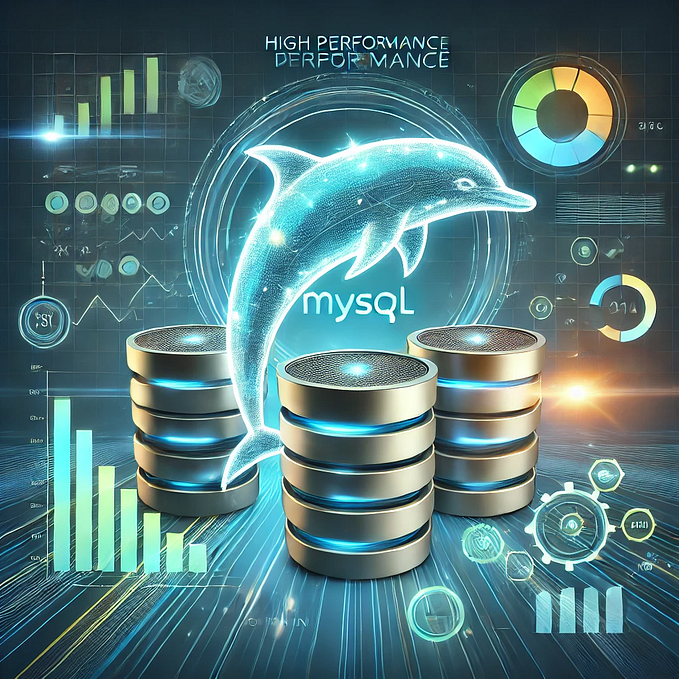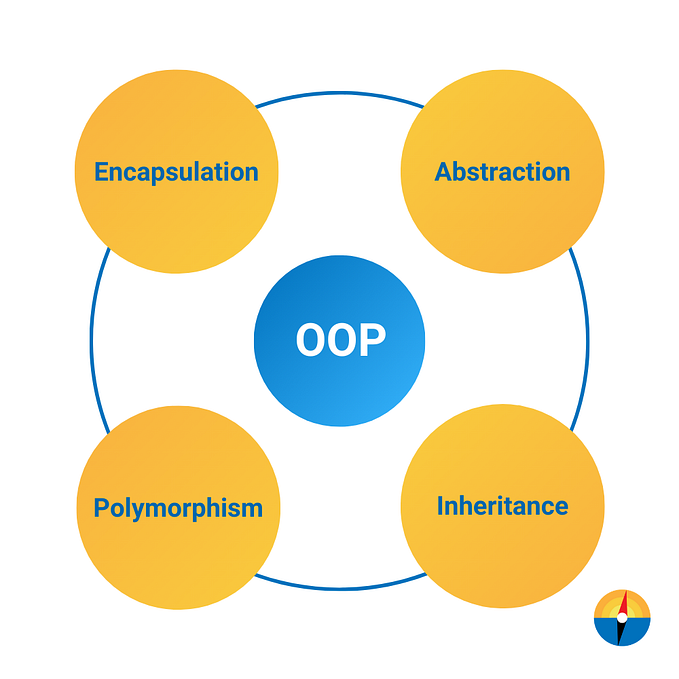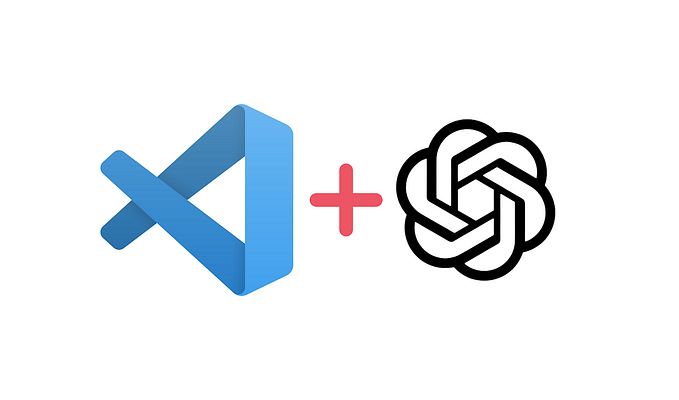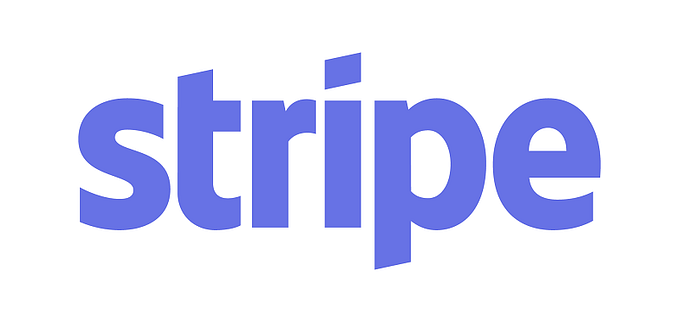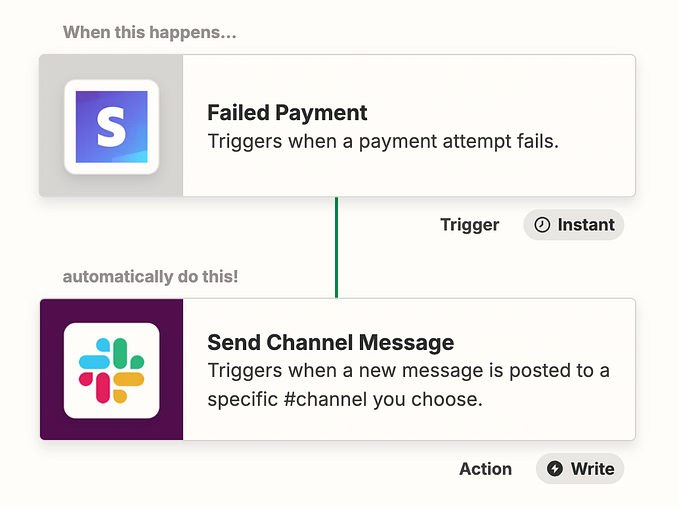Differentiate Between Stripe Charge, Payment Intent and Stripe Session:
Let’s differentiate between Stripe Charge, Payment Intent, and Stripe Session:

Stripe Charge:
A Stripe Charge refers to the actual transaction where money is transferred from a customer’s payment method to the business’s account.
It represents a completed payment for goods or services.
Charges are used in straightforward payment scenarios where the payment process is a one-time event without additional steps or complexity.
Payment Intent:
A Payment Intent is a higher-level object in the Stripe API that represents the intent to collect payment from a customer.
Payment Intents are often used in scenarios where the payment process might involve additional steps, such as 3D Secure authentication for credit card payments or handling asynchronous payment confirmation.
Payment Intents manage the entire lifecycle of a payment, from the initial setup through to confirmation or failure.
Stripe Session:
A Stripe Session is a mechanism provided by Stripe Checkout to create a user-friendly and secure checkout experience for customers.
It simplifies the integration process for accepting payments by handling various aspects of the payment flow.
Sessions are used to create hosted checkout pages, reducing the PCI DSS compliance requirements for businesses.
Stripe Sessions typically involve the use of client-side Stripe.js library for front-end integration and server-side code for creating and managing the checkout session on the server.
In summary:
Stripe Charge is the completed transaction where money is transferred.
Payment Intent is a higher-level object managing the intent to collect payment, often used for more complex payment flows.
Stripe Session is a mechanism in Stripe Checkout to create a user-friendly and secure payment experience by simplifying the integration process and hosting checkout pages.

